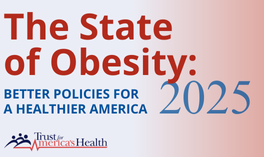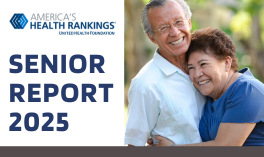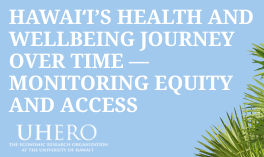The Hawai‘i Cancer Plan (HCP) 2030 is a guide by the Hawai‘i State Department of Health that aims for collective action in cancer prevention and control. The plan provides a framework of measurable objectives, strategies, and guidelines for cancer prevention and early detection. It is meant for program leaders, policymakers, researchers, as well as communities and individuals who align with the vision of “No More Cancer.”
The Hawai‘i Cancer Plan 2030 Tracker is designed to monitor the burden of cancer and keep all stakeholders updated on the state’s progress. It compiles data from national and state surveillance systems like the Behavioral Risk Factor Surveillance System (BRFSS) and the Youth Risk Behavior Survey (YRBS). The tracker is organized by cancer type, which contains indicators for incidence, death, and screening rates, as well as indicators about survivorship:
- Overall cancer
- Breast cancer
- Cervical cancer
- Colorectal cancer
- Liver cancer
- Lung & oral cancer
- Prostate cancer
- Skin cancer
- Survivorship
For each indicator, you can read how it is defined and collected, and view comparison data and trends through charts and tables.
Here are some data highlights you can find with this tracker:
- Over the past 10 years, Hawai‘i State’s cancer death rate decreased significantly from 136.7 deaths per 100,000 population in 2010 to 119.4 per 100,000 in 2020. The HCP target is 107.5 and the Healthy People (HP) 2030 target is 122.7.
- Between 2014-2018, Hawai‘i State’s breast cancer incidence rate was 139.6 cases per 100,000 females, a rate that has increased significantly over the years and is higher than the US value of 126.8.
- Hawai‘i State’s colorectal cancer screening rates increased significantly from 62.8% in 2011 to 77.1% in 2020. The HCP target is 84.8% and the HP 2030 target is 74.4%.
- In 2020, the five-year survivorship in Hawai‘i State was 65.0%. The HCP target is 71.5% and the HP 2030 target is 66.2%.
Click here to access the Hawai‘i Cancer Plan 2030 Tracker and the Cancer Plan 2030 Executive Summary. For more information please contact Christina Teel (christina.teel@doh.hawaii.gov).



